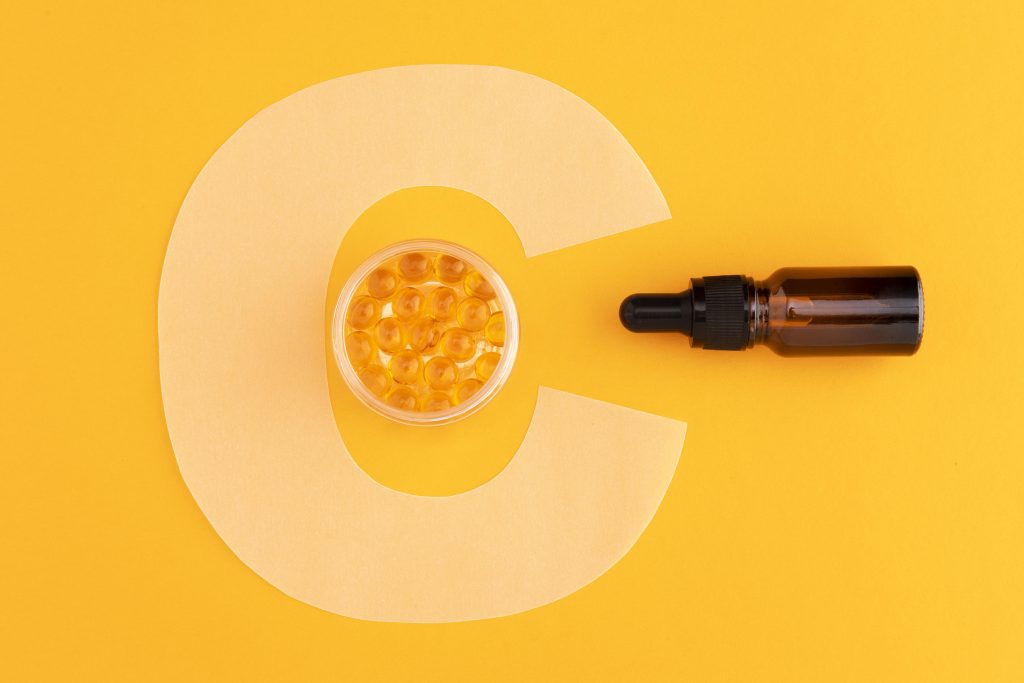In the wide universe of skincare, myths and misconceptions are plentiful, tending to drive us to take on practices that can actually cause more harm than good. It is important to separate fact from fiction so that your skincare routine encourages healthy, glowing skin. Let’s examine some common skincare myths and get to the bottom of things.

Myth 1: Natural Ingredients Are Always Better
Truth: While natural products can be beneficial, not all are acceptable for all skin types. Natural products may irritate or cause allergic reactions. Focus on ingredients that scientific studies have proven to work, regardless of their origin.
Myth 2: Sunscreen Is Only Necessary on Sunny Days
Truth: Destructive UV radiation can get through clouds and lead to skin damage even on gloomy days. Sunscreen is your skin’s most important shield against early aging, sunburn, and skin cancer, whether it’s sunny or not
Myth 3: Oily Skin Doesn’t Require Moisturizer
Truth: Not using moisturizer will make your skin produce more oil as it attempts to make up for the dryness. Use light, non-pore-blocking moisturizers to balance and hydrate your skin.
Myth 4: Products Must Tingle or Sting to Be Effective
Reality: Tingling or stinging usually indicates irritation or inflammation, particularly on sensitive skin. Gentle, non-irritating products are ideal for having a healthy barrier function.
Myth 5: The More, the Merrier
Reality: Bombarding your skin with many products can interfere with its natural balance. A simple routine formulated to address your skin’s particular concerns is better.

Myth 6: Expensive Products Are Always Better
Reality: How well a skincare product works is based on its ingredients and formula, not the price. Most inexpensive products have ingredients with a scientific basis for their beneficial effects on the skin.
Myth 7: You Need to Exfoliate Every Day
Reality: Exfoliating too frequently can disrupt your skin’s protective barrier, causing dryness and irritation. 1-2 times a week is usually enough for most skin types.
Myth 8: Acne Is Caused by Dirty Skin
Fact: Acne is triggered by a number of factors, including hormones, heredity, and clogged pores—not dirt. Washing too frequently can leave your skin oil-free, creating an environment that stimulates oil production and possible breakouts.
Myth 9: Retin-A Can’t Be Used in the Sun
Truth: Although Retin-A increases the sensitivity of your skin to sunlight, it does not prevent you from using it at daytime. Proper sun protection can use Retin-A throughout the year.
Myth 10: Vitamin E Makes Scars Fade
Truth: There is less medical evidence to back up the idea that Vitamin E will actually lighten noticeable scars. A visit to a dermatologist will be required for successful scar removal methods.

Myth 11: You Don’t Need Sunscreen Indoors
Truth: Sunscreen is not needed, it’s commonly thought, when spending time indoors. Yet, UVA rays, which are responsible for causing most skin aging, can travel through windows and otherwise affect your skin. If you have long periods spent at a window or under artificial light sources such as fluorescent lighting or blue light from computer screens, your skin can still be subjected to damaging radiation. Everyday sunscreen indoors is an anti-aging must.
Myth 12: You Can Minimize Your Pores
Reality: Pore size is mainly hereditary and cannot be altered permanently. What you can do is minimize their appearance. This is usually done with products that have ingredients such as salicylic acid (which empties pores), niacinamide (which balances oil), and retinoids (which enhance cell turnover). A clean skin and application of non-comedogenic products also cause pores to appear less visible.
Myth 13: Drinking More Water Hydrates Skin Directly
Fact: Although being well-hydrated is great for overall health, gulping down gallons of water won’t necessarily result in radiant skin. Hydration of the skin is as much about maintaining moisture at the skin’s surface. That’s where the topical treatments such as hyaluronic acid, glycerin, and ceramides enter the picture—they trap the moisture and support your skin barrier. So go ahead and drink water, but don’t neglect the moisturizers.
Myth 14: You Ought to Switch Products Often for Improved Outcomes
Reality: Changing products regularly might confuse your skin and make it more difficult to realize what’s working or not. Most active ingredients—such as retinol or vitamin C—take time (usually weeks) to start showing their effects. Allow products a decent test of no less than 4–6 weeks unless they irritate or bring about breakouts. Patience is the key to skin change.
Myth 15: All Skin Types Age the Same Way
Reality: Genetics, skin type, and environmental exposure all contribute to how your skin ages. For example, oily skin can have fewer fine lines in the beginning because it naturally retains moisture, but can experience more breakouts. Dry or fair skin can exhibit wrinkles or sun damage earlier. Knowing your individual skin type can assist you in creating an anti-aging plan that suits you.
Conclusion
It can be overwhelming navigating the world of skin care with the various skincare myths that are going around. Learning the facts behind these prevalent myths will allow you to make educated choices that help you have healthier, more glowing skin. A regular, customized routine, along with evidence-based products, is the key to having your desired skin.
